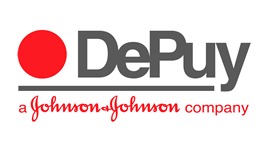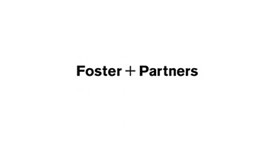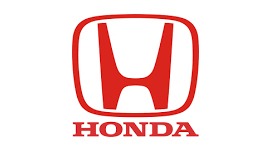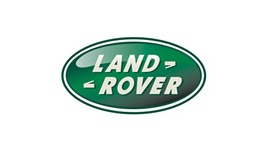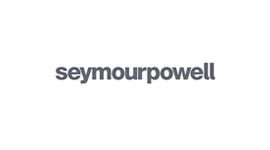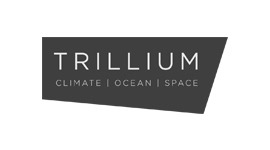Unmanned surface vessel
Society relies on accurate data sourced from the oceans on a consistent basis. This is used to form live weather data, weather reports, ocean mapping and marine biology studies, to name a few.
When a leading innovator of autonomous drones wanted to revolutionise the management of our oceans, they dropped anchor at Ogle HQ.
BACKGROUND
MOST Autonomous Vessels (AV) was founded in 2012 with the concept of developing unmanned surface vessels. The firm went on to develop the brand AutoNaut, which uses their unique wave propulsion system, a wave foil technology which harvests energy from the waves to propel the vessel forwards.
AutoNaut uses satellite tracking, which dramatically reduces the consumption of on-board power. The Unmanned Surface Vessel (USV) is designed for scientific ocean research, commercial data gathering, and defence applications.
THE CHALLENGE
Ogle was required to create the bow and tail fins for the USV. The parts were extremely intricate and accounted for 30 percent of the boat. The material and production process also needed to guarantee that the final part would be non-porous, to enable MOST AV to accurately test the prototype.
THE SOLUTION
The selected process used for this project was Laser Sintering (SLS); which is one of the most accurate additive manufacturing methods. This process uses an Argon laser, which traces the required shape – from a 3D CAD model via an .STL file – across a compacted powder bed of material. Ogle produced the parts in nylon on the EOS P730 machine, which runs at a speed of 700cm3 per hour.

One of the main reasons why this process was selected is due to the powder bed providing any necessary support for the part, negating the requirements for any additional supports to be built into the design, and delivering an extremely robust part.
To improve the quality of the surface finish, the parts were put through the tumbling/vibration equipment to remove the surface layering, which is the porous element to the part. The individual sections were then epoxy coated, which is a plastic-like adhesive that, when applied to the specified thickness, will protect the part against water.
The AutoNaut has since completed a four-day trial from Plymouth carrying Met Office sensors, to test the viability of collecting forecasting data in a new and more cost-effective method.
CONCLUSION
Experts predict that within five years, swarms of these remote controlled vessels will be at sea for months at a time gathering data from around the globe. They will provide a priceless resource to many of the world’s research industries.
Having successfully created parts for such a robust USV, Ogle were keen to obtain feedback. Design Manager at MOST AV Dan Alldis, said: “We have previously worked with Ogle on a number of different projects, but this was the first larger job. Their price was competitive and the range of machines and tools they have is extremely impressive.
They have led the way in 3D printing for years, building a very impressive portfolio. It made sense to work with the experienced team at Ogle for this project. We have an order going through for three more parts since the completion of the bow and tail fins, and would not hesitate to work with them on future projects.







